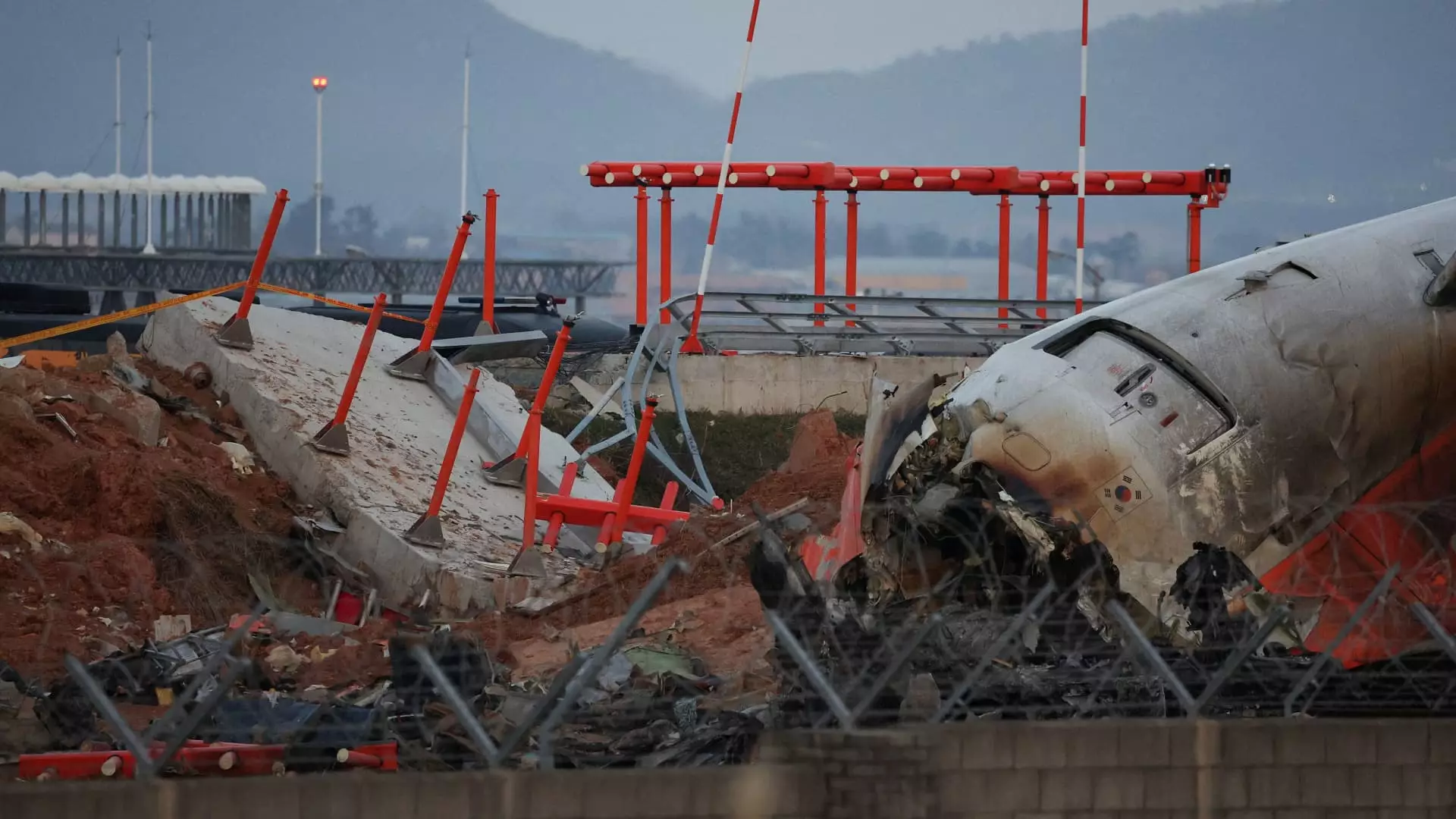On December 29, 2022, a catastrophic event occurred in South Korea when Jeju Air flight 7C2216 crashed during its landing approach to Muan Airport. The Boeing 737-800 aircraft, which was en route from Bangkok, Thailand, met tragedy after reportedly encountering a bird strike. This accident resulted in the loss of 179 lives, with only two survivors—the crew members seated in the aircraft’s tail section. The incident has raised significant concerns about aviation safety, investigation protocols, and transparency in the wake of such tragedies.
Investigators have indicated that the black boxes, which contain vital flight data and cockpit communications, ceased functioning approximately four minutes prior to the crash. This discontinuation of recordings is troubling, as it limits the understanding of the flight’s final moments and the sequence of events leading to the emergency. The South Korean transport ministry, which oversees the investigation, remarked that they are examining the circumstances surrounding the blackout in recording, considering the possibility that all power sources, including backups, were lost—an unusual development in aviation incidents.
While the immediate focus has been on analyzing the black box data, it is imperative to acknowledge the implications this has on industry-wide safety standards. The failure of these devices to capture crucial moments raises questions about their reliability and the potential need for enhancements in technology to ensure continuous recording, regardless of adverse conditions.
There has been growing discontent among the families of the victims regarding the investigation’s management. Many relatives have expressed their desire for an independent expert body to participate in the inquiry, as they fear conflicts of interest and potential bias within the transport ministry, which is handling the investigation. This skepticism reflects a broader concern about the transparency and accountability of governmental bodies in such significant investigations—a sentiment not uncommon in aviation disaster contexts worldwide.
Additionally, the approach towards the crash site itself is under scrutiny. The embankment the aircraft struck—a structure designed to support navigation systems—has come under fire for its rigidity and its proximity to the runway’s end. Experts and advocates are calling for a re-evaluation of safety measures that could prevent similar accidents in the future.
The Jeju Air crash highlights critical areas where reform is necessary within the aviation industry, particularly concerning emergency preparedness and the robustness of safety protocols. The reliance on outdated technology and insufficient oversight in the wake of aviation disasters compromises passenger safety, making it imperative for regulatory agencies and airline operators to adopt more rigorous standards.
As the investigation unfolds, lessons must be gleaned not only for South Korean aviation but for the entire global airline industry. The collective push for reform may ensure that the tragedy of flight 7C2216 acts as a catalyst for enduring change, emphasizing that in the realm of air travel, safety must remain the paramount consideration, prohibiting complacency in the face of disaster.


Leave a Reply